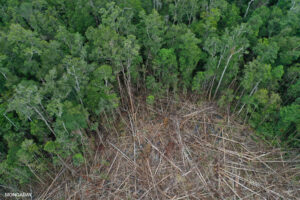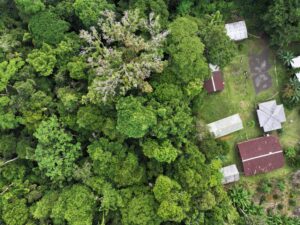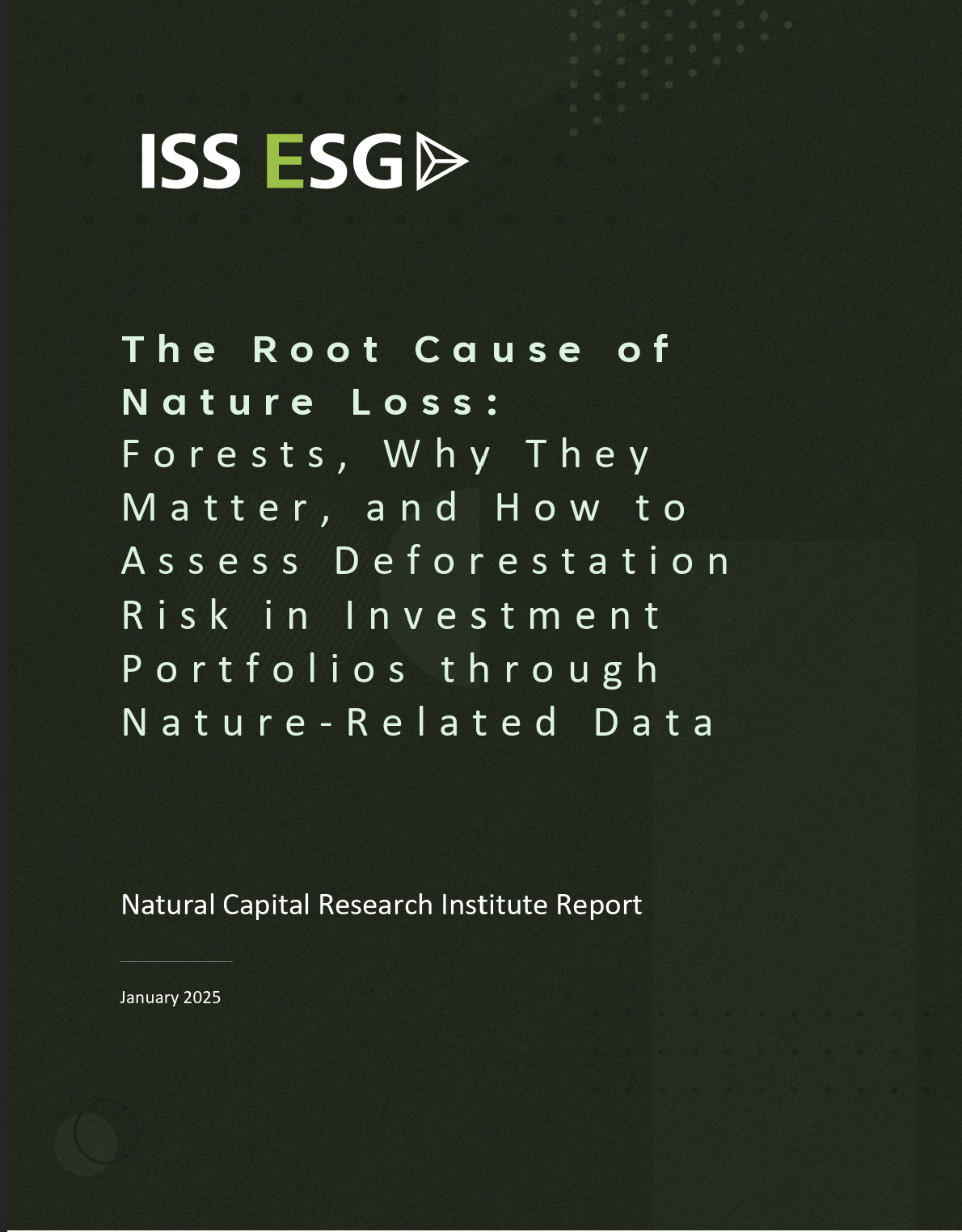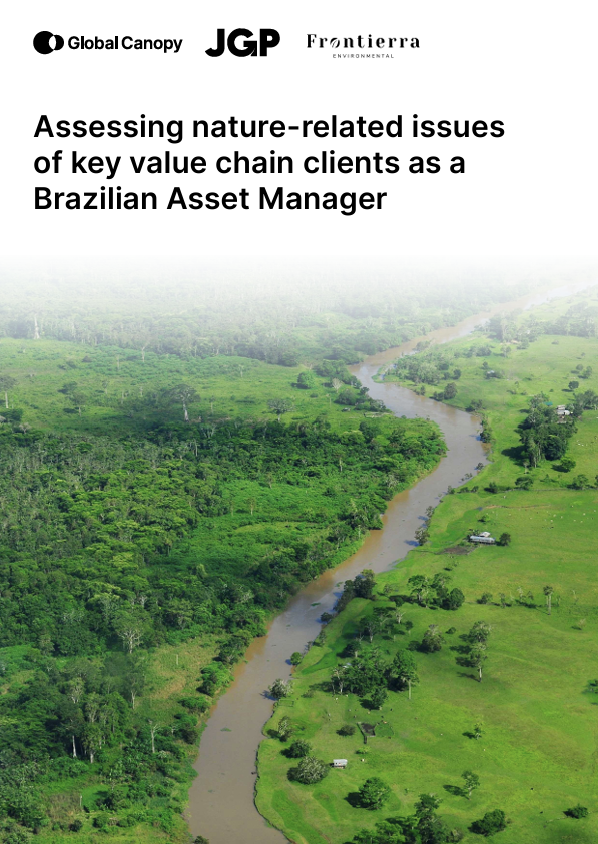
Where there’s political will, there’s a way to stop tropical deforestation, study finds
This article highlights political will, civil society pressure, and corporate action as key drivers reducing tropical deforestation.
AUTHORS

Disclaimer: This article is republished with permission from the author. The original article was published on Mongabay’s website and can be found here. Any views expressed in this article are those of the original author and do not necessarily reflect the views of Altiorem.
- A study focused on why deforestation rates have slowed in Indonesia and the Brazilian Amazon revealed that political will was a critical factor, often as a result of pressure from civil society and diplomacy to conserve forests.
- The authors surveyed the expert opinions of researchers, policymakers and advocates working on forest conservation in Brazil or Indonesia.
- In Brazil, experts said government action — like satellite monitoring and recognizing Indigenous lands — was key to stopping deforestation.
- Indonesia’s forest conservation success comes not just from political will, but also from corporate efforts and pressure from civil society groups.
Political will is among the most important factors in preventing tropical deforestation, according to a group of experts surveyed for a new study — with strong political commitment often arising out of long-term “public pressure” and civil society advocacy for forest protection.
The research, published July 22 in the journal Conservation Letters, turns the question of what causes the loss of tropical forests “on its head,” looking instead at what prevents it, says co-author Rachael Garrett, a professor of conservation and development at the University of Cambridge in the U.K.
Brazil and Indonesia have managed to slow deforestation rates amid pressure from rapidly expanding agriculture, leading the team to ask, “Why do these places still have so much forest?” Garrett says.
Deforestation rates in Brazil, home to more tropical rainforest than any other country on Earth, dipped substantially between 2004 and 2012. And while annual forest loss there climbed back up in the 2010s, it has dropped again in recent years. Similarly, in Indonesia, the expansion of oil palm plantations devastated large swaths of forest in the past, but those rates, too, have slowed.

Deforestation for an oil palm plantation in Borneo, Indonesia. Image by Rhett A. Butler/Mongabay.
Because Brazil and Indonesia boast so much forest, much research has focused on how to stop deforestation there. Often, those studies look at the impact of specific policies and mechanisms (such as Brazil’s Forest Code or Indonesia’s sustainable palm oil certification effort) and their relationship to deforestation declines measured by satellite analysis, says Joss Lyons-White, a postdoctoral researcher in conservation and development at the University of Cambridge and co-first author of the paper.
But other factors aren’t as straightforward or easy to measure, he adds.
“There are many complex drivers. There are many different actors. You typically need to have lots of different policies and interventions to try and stop it,” Lyons-White tells Mongabay. “We wanted to understand, what is the whole range of factors that have contributed to protecting forests?” The question originated with co-first author Matthew Spencer, global landscapes director at Netherlands-based NGO IDH, a Dutch acronym for the Sustainable Trade Initiative.
The team began by identifying a panel of researchers, policymakers and advocates heavily involved in forest protection in Indonesia or Brazil. They then used what’s known as the Delphi study to assess the opinions of these 36 targeted experts with a questionnaire, several rounds of surveys, and an online discussion.
The respondents, around half of them Brazilian or Indonesian for each round, received anonymized results of the surveys throughout the process, which helped to “refine” individual thoughts toward a goal of consensus, the authors write. Thirty-two of the respondents are credited as co-authors of the study.
Forest ecologist Daniel Nepstad, the founder and director of the nonprofit research-focused Earth Innovation Institute based in the U.S., who wasn’t involved in the research, noted the difficulty in understanding how a plethora of variables can affect deforestation. (One of Nepstad’s colleagues at the Earth Innovation Institute is a co-author of the study.)
“It really is hard to nail down what causes declines in deforestation,” Nepstad says. “Expert opinion is a real clever way to go about it.”
An important result of this new analysis was that the experts identified political will as key to reducing deforestation rates in both Brazil and Indonesia in recent decades.
Garrett says she was “shocked” to see broad agreement on this point, despite the participants’ diverse backgrounds, which ranged from experience in remote sensing to development and ecology.
For Brazil, the experts concluded that the state’s role and its use of tools such as satellite monitoring and the recognition of Indigenous territories were critical to preventing deforestation.
Nepstad, who has worked extensively in both Brazil and Indonesia, says the findings match his own experience. He especially underlines the importance of Brazil’s Forest Code. “The thing that sets Brazil apart is the fact that there really are these laws that you can enforce,” Nepstad says.
The authors report that Indonesia’s success in conserving forests has stemmed not only from political will, but also from factors including corporate action and the advocacy of civil society groups.
Those surveyed emphasized that the foundational impetus for action by political leaders was typically born out of “public pressure” to protect forests, according to Garrett. That political will often took years to develop.
“People were saying there wasn’t political will in the beginning,” she notes. In its absence, civil society and international climate discussions were pushing for curbing deforestation, she adds. “That’s what was there initially, without the domestic political will and political enforcement of policies.”

An Indigenous village in the Amazon Rainforest. Image by Rhett A. Butler/Mongabay.
The study results also highlight how the original stimulus of political will for forest conservation can evolve over the years. “Participants are saying these [various] factors are important at different times,” Lyons-White tells Mongabay.
“I think the political will question is huge,” Nepstad adds. But he notes that “the source of political will varies a lot.”
Nepstad also cautions that “political winds” can turn against forest conservation.
He points to the current mixed response occurring in Brazil as it reacts to the European Union’s ambitious deforestation regulation, known as the EUDR, due to begin taking effect Dec. 30, 2025. Concerns expressed by various societal sectors, including commodities companies that fear they will be heavily impacted by the EUDR, are now making it difficult for leaders to wholeheartedly support the initiative.
Despite such shifting views, the study findings show that tropical forest advocacy can significantly influence policy, Garrett says. “I think it’s a critical message for this moment because people get so disheartened after all of these international climate agreements because they don’t see instantaneous improvement. But it speaks to how this pressure [by conservationists and the public] is still really important.”
What has happened in the Brazilian Amazon and Indonesia demonstrates the real-world impacts of forest advocacy, Lyons-White says.
“If you’re working in conservation, it can feel like the slide towards environmental destruction is inevitable,” he says. “But actually, I think what our study shows is that when societies want to protect the environment, they can. They just have to want to do it.”
Citations:
Garrett, R. D., Cammelli, F., Ferreira, J., Levy, S. A., Valentim, J., & Vieira, I. (2021). Forests and sustainable development in the Brazilian Amazon: History, trends, and future prospects. Annual Review of Environment and Resources, 46(1), 625–652. doi:10.1146/annurev-environ-012220-010228
Gaveau, D. L. A., Locatelli, B., Salim, M. A., Husnayaen, Manurung, T., Descals, A., … Sheil, D. (2022). Slowing deforestation in Indonesia follows declining oil palm expansion and lower oil prices. PLOS ONE, 17(3), e0266178. doi:10.1371/journal.pone.0266178
Lyons‐White, J., Spencer, M., Arif, J., Balmford, A., Barlow, J., Brandão, J., … Garrett, R. D. (2025). Political Will Has Been Critical for Protecting Forests in the Brazilian Amazon and Indonesia. Conservation Letters, 18(4). doi:10.1111/conl.13120





